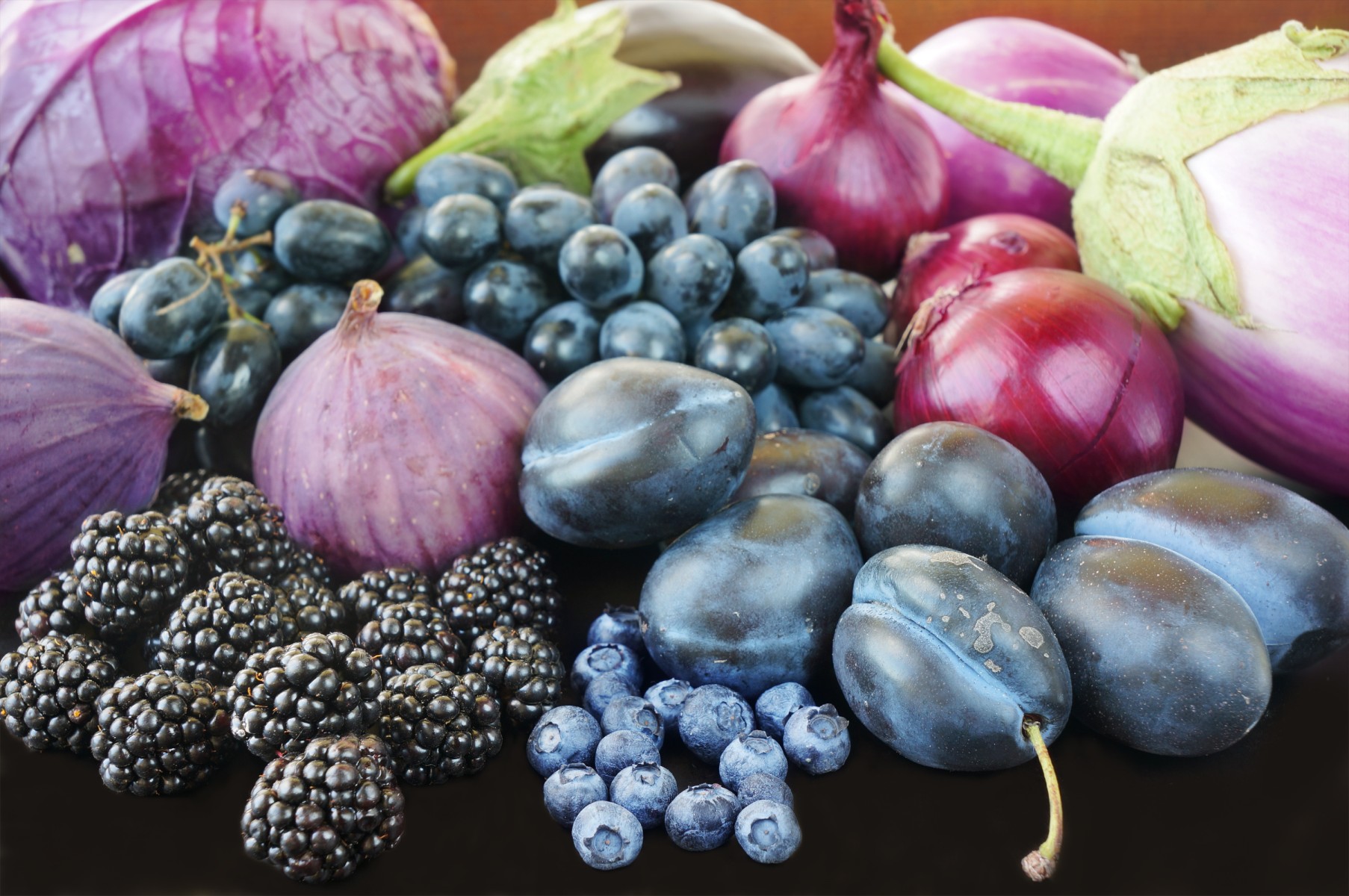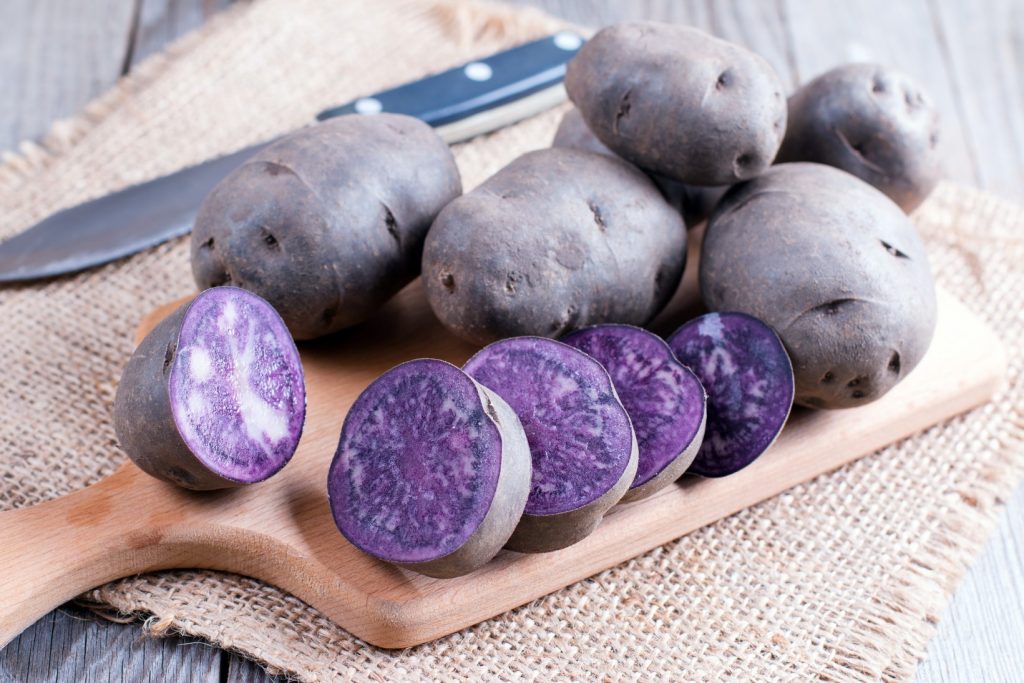How a Rainy Night and Beyoncé Kept DC Metro Running
August 9, 2023
In the captivating world of music and entertainment, artists wield a unique power that extends beyond the boundaries of the stage, leaving an indelible mark on the hearts and minds…

When eating vegetables and fruits, think purple. That is, if you want to cut your risk of type 2 diabetes or are controlling your diabetes through your diet. So say scientists at the Food Sciences Unit of the University of Turku, Finland.
Their research suggests that foods that are color-coded purple—more or less from red-orange to blue-violet—have anti-diabetic properties. They are effective by the way they work in your digestive system and by cutting down on inflammation.
The researchers explain that colorful purple pigments in vegetables, fruits, and tubers derive from what are called anthocyanins.
These chemicals reduce the risk of diabetes by helping your digestive system operate in a special way, by affecting the way in which your body uses energy, and by reducing inflammation.
A large number of anthocyanins are found in purple sweet potatoes, purple potatoes, purple carrots, and red cabbages. They also exist in strawberries, blueberries, and radishes.
These findings will come as encouraging news to the many people around the world who are adjusting their diets in order to combat diabetes or to ward off getting it in the future.
Today more than 37 million Americans suffer from diabetes. In addition, some 96 million people over the age of 18 either have been diagnosed as pre-diabetic or who are pre-diabetic but do not realize that they are at that stage.
More and more American diabetics are avoiding medication for their diabetes, but are effectively controlling it by watching their diet carefully. Some are proving to be more successful than others.
For many of these people the way to decide which foods to eat is based on a careful reading of the carbohydrates, dietary fiber, and sugar that is contained in a serving of the product.
Of course, fruits and vegetables seldom come with nutritional information on their packaging. Any guidance, therefore, on which vegetables and fruits to eat is valuable information.
The Finnish finding suggests that diabetics controlling their diet would be wise to switch from regular potatoes to purple sweet potatoes, for example. They are especially beneficial for your health, the scientists say.
These diet-controllers should also go out of their way to choose purple carrots and red cabbage as favorites when they are selecting vegetables for their evening meals.
Purple carrots also can be grated and sliced and added to a salad as well as roasted or cooked and added to hummus.
Those purple-colored radishes are a great addition to any salad.

The benefit that comes from purple fruits and vegetables, the study finds, is boosted if the anthocyanin is acylated. Such anthocyanins are not always efficiently absorbed in digestion, but that aspect is outweighed by the fact that they contain properties that are probiotic. Therefore they cut the risk of diabetes more effectively than anthocyanins that are non-acylated.
The genotype of the plant defines the type of anthocyanins that they contain, explains Kang Chen, a postdoctoral researcher at the Food Sciences Unit.
Generally, purple vegetables contain many acylated anthocyanins, he adds.
Studies have shown that, in addition to altering the chemical and physical properties of the food, the acylation has an impact on how the anthocyanins are absorbed and digested in the body, Chen adds.
Compounds that are acylated move through the body from the upper digestive tract. They travel down to the colon. Once they reach there, microbes in the digestive tract break down and process them.
Another benefit of the purple vegetables and fruit is that the glucose transporters are different based on whether the compounds are acylated.
It is all rather academic and complicated, but the bottom line is that purple fruits and vegetables are better for potential and existing diabetics because of the way in which our bodies process them.
The study appears in the journal of the American Chemical Society.